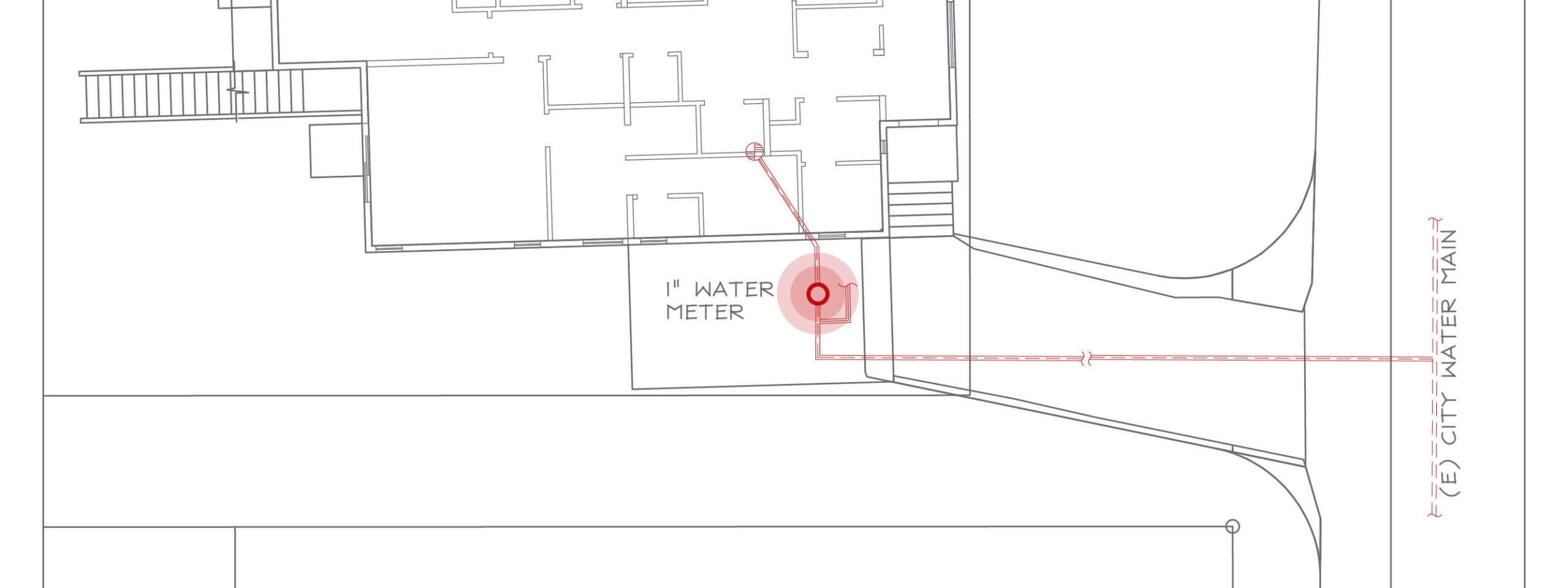The Incoming Role of AI In Fire Sprinkler Design & Engineering
The idea of AI being integrated into and leveraged for fire protection design and engineering is no longer a distant concept or a speculative future. It’s here, quietly entering workflows, and showing real promise with incremental improvements. The technology is not replacing engineers or designers, but supporting them, improving speed, accuracy, and consistency across the design process.
In an industry defined by precision and accountability, AI represents a new layer of assistance: one that helps firms meet demanding schedules, train new talent faster, and maintain quality even as project volumes increase.
The Capabilities of AI Today
The most available use of AI today for the general public comes from large language models (LLMs). Platforms like ChatGPT, Claude, and others are capable of reading, summarizing, and generating technical information in seconds. Within fire sprinkler design, that same technology is evolving into something more focused—a disciplined application that strengthens engineering decisions and reduces the friction between design intent and documentation.
Current implementations of AI in design have shown strong performance in:
- Reviewing codes and standards to locate relevant sections instantly.
- Tracking AHJ-specific requirements across jurisdictions and code editions.
- Drafting project notes, design scopes, and submittal letters with consistency in language and format.
- Identifying discrepancies in hydraulic calculations before they lead to revisions.
These capabilities allow design teams to complete administrative and verification tasks more efficiently, enabling engineers to focus on decision-making and coordination.
However, AI also has clear boundaries. It is not capable of:
- Accurately interpreting architectural blueprints that combine images, symbols, and text.
- Building a three-dimensional understanding of structures from sections and elevations.
- Directly operating within CAD or BIM environments.
- Producing technical drawings or diagrams suitable for construction or submittal.
In addition, AI requires oversight. It can occasionally generate confident but incorrect results, a limitation that makes professional review essential. The success of any AI-assisted process depends on human validation and engineering judgment.

Figure 1: A detailed system layout displayed on-screen reflects the precision and coordination required in technical design environments.
Why This Matters to the Industry
Fire sprinkler design has always balanced precision with efficiency. Projects must adhere to multiple codes, jurisdictional requirements, and hydraulic performance standards, all while meeting strict deadlines.
Across the industry, however, firms continue to face two key challenges: (1) A shortage of experienced designers and engineers, and (2) The time required to train new professionals in code interpretation and documentation.
AI offers practical relief in both areas. Automating research and documentation enables design professionals to manage larger workloads without compromising quality. It also serves as a form of digital mentorship, helping newer team members quickly find information, reference past projects, and understand design logic earlier in their careers.
The result is not automation but amplification—an increase in what each designer, engineer, and reviewer can accomplish.
Evidence of a Broader Shift
The integration of AI in building design is not limited to fire protection. Across the engineering and construction sectors, firms are using AI to accelerate code research, improve documentation accuracy, and assist with early design coordination.
Recent studies and pilot programs in the fire and life safety field have demonstrated encouraging outcomes:
- AI models can already propose preliminary sprinkler layouts based on building geometry and code parameters, offering quick starting points for engineers to refine.
- Research initiatives such as the Intelligent Fire Engineering Tool (IFETool) are exploring AI’s ability to analyze complex fire performance data and improve early-stage design decisions.
- Industry organizations like NFPA have begun examining how AI could streamline code interpretation and review, signaling that these technologies are being taken seriously at the standards level.
- Platforms such as Caident are demonstrating how AI-assisted tools can deliver real-time code validation and calculation support directly within the design workflow, bridging the gap between conceptual design and compliant documentation.
These developments indicate that AI’s adoption in fire protection is not a matter of if, but when—and that early adopters will benefit most from the learning curve ahead.
A Practical Approach to Implementation
For firms adopting AI, the path forward is incremental. The most effective strategies begin with well-defined, low-risk applications such as document drafting, code search, or calculation review. From there, capabilities can expand into internal project databases, jurisdictional tracking, and early-stage design support.
The key to successful integration lies in balance: pairing AI’s speed and capacity for analysis with the professional oversight and judgment that define engineering quality.
At Engineered Fire Systems, this approach is already part of the workflow. AI-assisted tools are used to help manage reference materials, streamline submittals, and identify inconsistencies earlier in the process. The result has been improved efficiency without compromising the technical rigor that each project demands.
Looking Ahead
Artificial intelligence is not a replacement for the experience and skill that define the fire protection profession. It is an extension of it—a way to make expertise more effective and accessible.
As AI technology continues to evolve, and tools like Caident improve, its role will likely grow in tandem with CAD and BIM, providing designers and contractors with faster insights, better documentation, and fewer revisions. For clients, this means improved timelines, more consistent deliverables, and greater overall confidence in system design.
AI is not changing what fire protection engineers and designers do, it is changing how efficiently and accurately they can do it. At its best, it strengthens the partnership between people, technology, and the shared goal that has always guided this industry, delivering safe, reliable systems that protect life and property.



